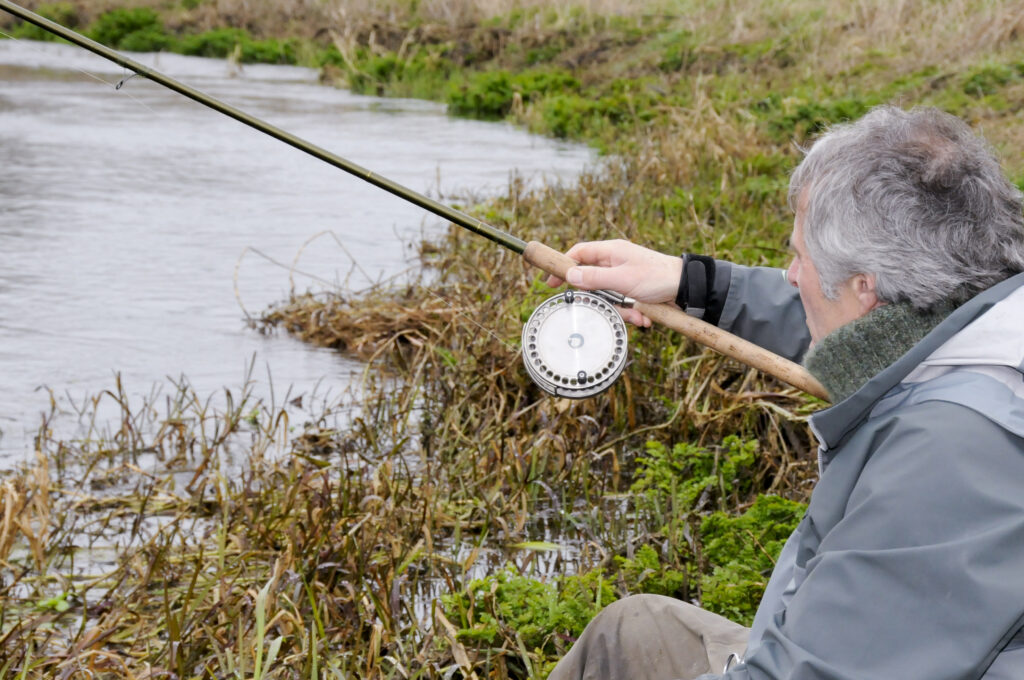
Let’s take the way that the Wensum flood plains have been managed since I knew them first in the Sixties. We have to start somewhere and this particular story is illuminating. There has been little housing built on the flood plain and thank God for that , seeing how vast swathes of housing have suffered in the recent rains. For that we all must be grateful but the rest of the picture is less rosy.
Many of the issues relate back to the way the river was dredged through the latter half of the last century. The plan was to deepen and canalise the Wensum so it didn’t flood but carried water fast to the sea. Post war, the concept was that dredging would allow historic flood plains to dry out and become fit for arable use and for winter grazing both.
In part, the plan worked. The plains certainly did not flood like they had done every winter and for long periods. The problem was that water was carried fast to Norwich, where there was a bottleneck with frequent flooding consequences.
Furthermore, the reclaimed land rarely went under the plough. Cattle remained its top priority and, denied the winter flooding, the grass slowly became less vigorous and farmers found more need for a quick chemical fix. As a result, the once dynamic flood plains on mid Norfolk became steadily more managed and sterile.
Flocks of overwintering geese and ducks have vanished. The drains and dykes that criss crossed the plains were cut off from the main river and have largely now dried up completely. It is worth remembering that these drains were full of small fish for centuries, sheltering there until large enough to live in the main river.
The one place that the old style flood plain management can still be seen is at Bintree, high up the Wensum valley. There the river is allowed to flood into the low lying meadows where it lingers till the spring. The meadows act as a huge sponge, slowly releasing water back into the river as the dry months unfold. Winter long, Bintree is home to huge flocks of geese , duck and over wintering wild fowl. Excess flood water is held up there, forming a vast lake that becomes their home for months.
As this water dries out from April, the grass that emerges is renewed without chemical help and the pasture is abundant. And the dykes too remain full..and full of fish.
Truly, the way forward is surely to reinstate our flood plains-not coat them in endless acres of concrete?